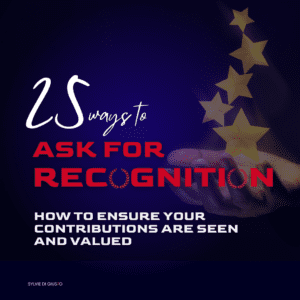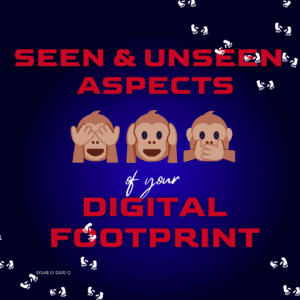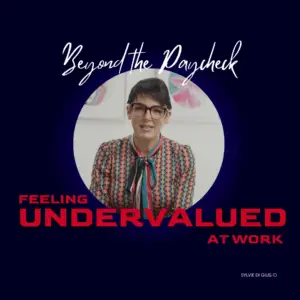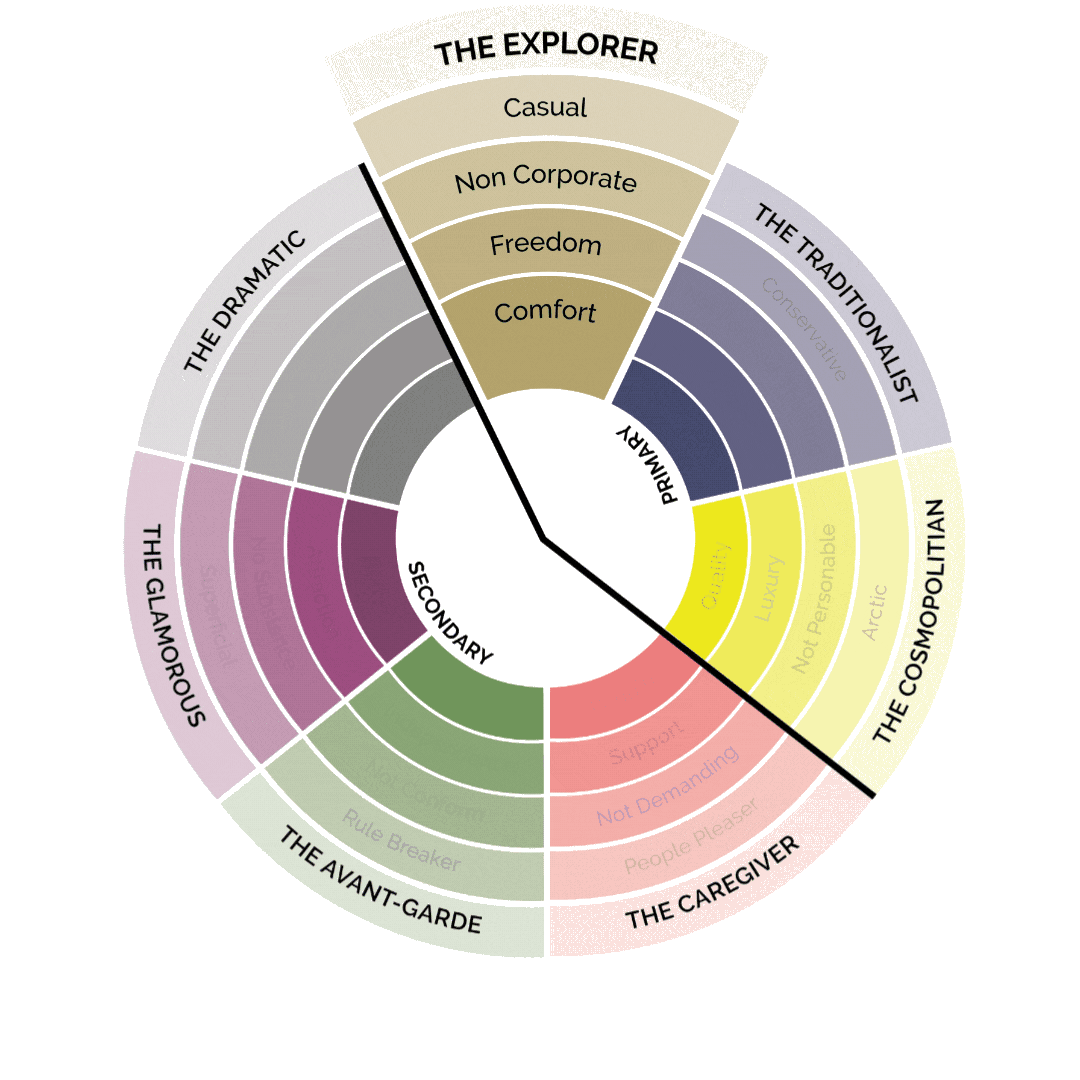Understanding Stereotypes in the Workplace
How are you affected by the many stereotypes at work?
In today’s workplace, employees are faced with a multitude of stereotypes. These stereotypes can be based on gender, race, or age. In many cases, individuals are faced with more than one of these stereotypes. This can create a unique set of challenges for the individual. In this blog post, we will explore each of these types of stereotypes and what professionals can do to manage them.
What are Gender Stereotypes in the Workplace?
Gender stereotypes in the workplace can be based on a number of different factors. One factor is the traditional roles that men and women have played in society. For example, women have traditionally been seen as caretakers and homemakers, while men have been seen as providers and breadwinners. Another factor is physical differences between men and women. Women are often stereotyped as being emotional and weak, while men are stereotyped as being rational and strong. Finally, there are occupational differences between men and women. Women are often underrepresented in certain fields, such as science and technology. These fields are typically male-dominated. As a result, women in these (and many more) fields may face additional stereotype threats.
What are Race Stereotypes in the Workplace?
Race stereotypes in the workplace can also be based on a number of different factors. One factor is historical factors. For example, minorities have been discriminated against in the past when it comes to education and job opportunities. This has led to a stereotype that minorities are not as qualified as majority group members. Another factor is physical appearance. Minority groups that are physically different from the majority group (e.g., African Americans) may be subject to negative stereotypes. Finally, there are cultural differences between majority and minority groups. For example, Asian Americans may be seen as quiet or submissive because of cultural norms in their home countries. These cultural norms may be viewed negatively in the workplace setting.
What are Age Stereotypes in the Workplace?
Age stereotypes in the workplace can also vary depending on a number of different factors. One factor is generational differences. For example, Baby Boomers (those born between 1946 and 1964) may be seen as resistant to change because they grew up during a time of great social change (e.g., the Civil Rights movement). Another factor is life stage differences. Those who are closer to retirement age may be seen as less productive than those who are just starting out in their careers. Finally, there are physical differences between younger and older workers. Older workers may be seen as less capable because of changes in their physical appearance (e.g., wrinkles or gray hair).
The Intersection of all those Stereotypes in the Workplace
None of these stereotypes usually occurs by themselves. Instead, the combination of different stereotypes can be most damaging in the workplace. For example, if you are a woman of color working in customer service, your perception may already be tainted by existing gender and racial stereotypes. Or, if you are a young male professional, you may be perceived as less experienced or knowledgeable than your older counterparts and face certain expectations based on gender-related stereotypes.
However, it is essential to remember that these stereotypes do not always accurately reflect who you are as a professional. They simply reflect the perception and assumptions that others make about you based on outward appearances and biases.
At the same time, these stereotypes are not always negative—in fact, they can sometimes be used to your advantage. For example, if you are working with a potential client who is skeptical or hesitant about your product or service, it may be helpful to play up certain stereotypical qualities that appeal to them, such as being assertive or decisive.
Stereotypes in the Workplace in a Nutshell
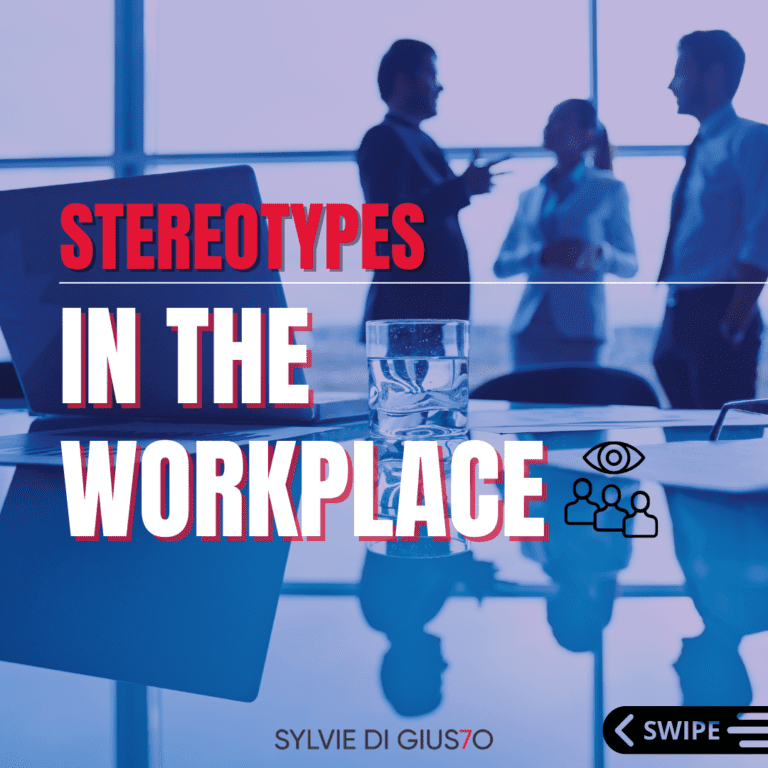
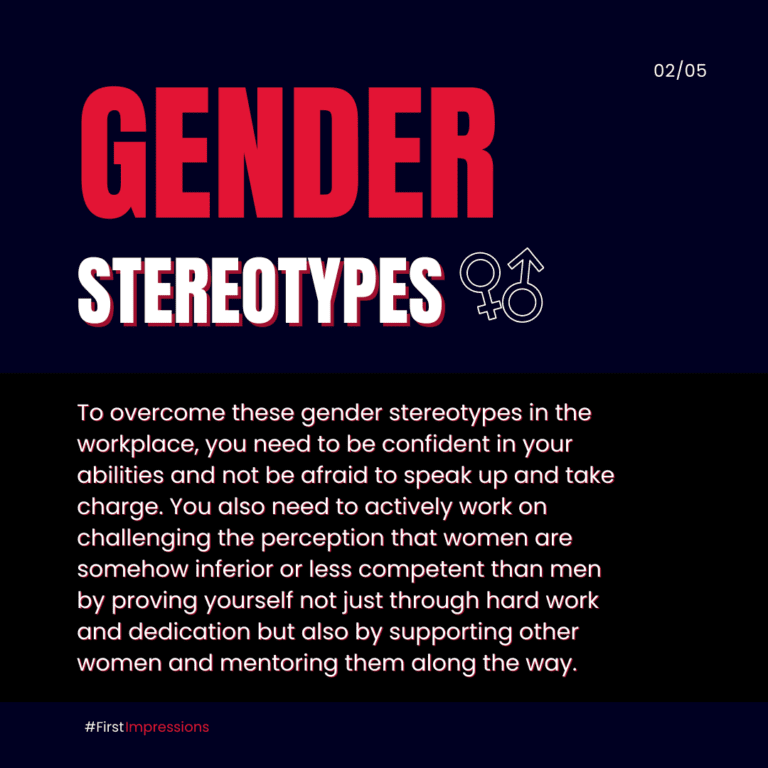
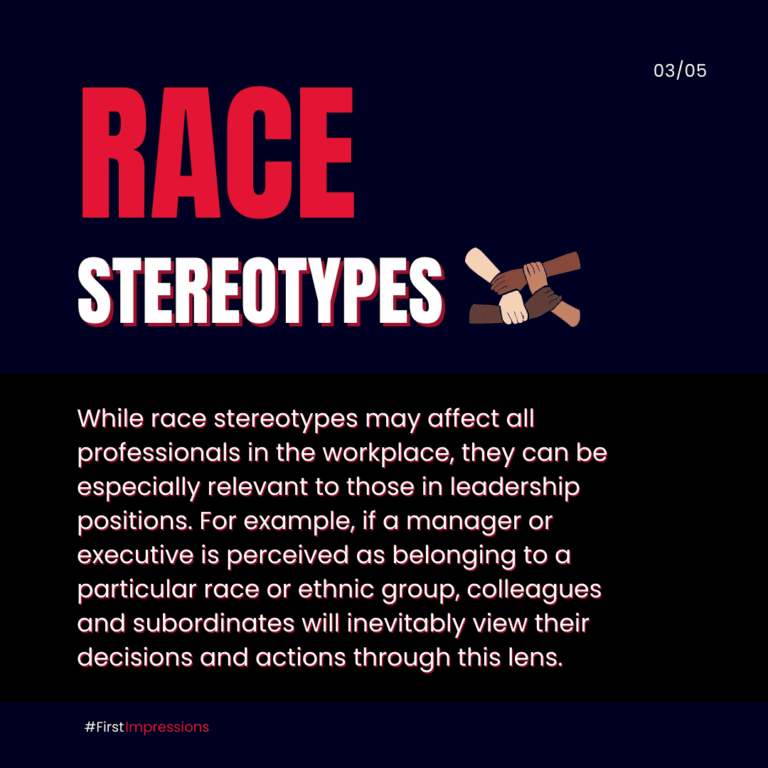
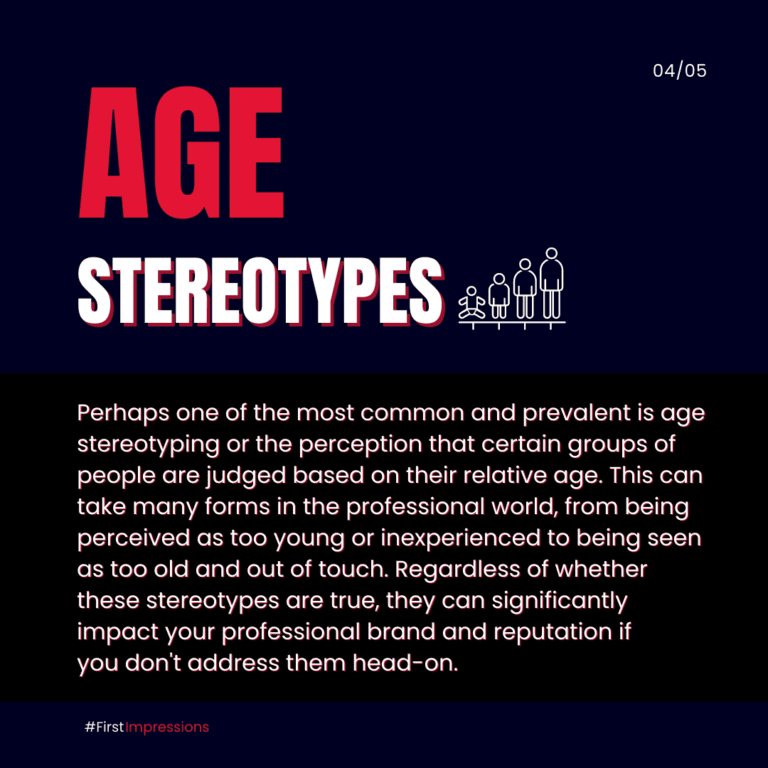
PS: Interested in more content like this? Make sure to follow me on Instagram. It’s where I visualize and publish my thoughts daily. I hope to see you there.
How to use your Appearance, Behavior, Communication, Digital footprint, and Environment to overcome these Stereotypes in the Workplace
So how can professionals navigate these tricky waters and avoid being unfairly stereotyped in the workplace? The key is to focus on building a solid professional brand and reputation that reflects your true strengths and skillsets.
Your Appearance
Your visual appearance is one of the first things people notice when encountering you in a professional setting. This is why it is so important to pay attention to your physical appearance and dress in a way that projects confidence, professionalism, and authority.
Your Behavior
Another critical factor in overcoming workplace stereotypes is being mindful of your behavior and communication style. You should always strive to be professional and respectful in your interactions with others and avoid engaging in any harmful or disruptive behaviors that can tarnish your reputation.
Your Communication
The words you use and how you communicate with others also play a crucial role in shaping your professional image. This means choosing your words carefully, being mindful of your tone and language, and always speaking positively about yourself and others.
Your Digital Footprint
Paying attention to how you represent yourself online is crucial in today’s digital age. This includes everything from the content of your social media posts to the language you use in email correspondence to your overall online presence and reputation.
Your Environment
Finally, it is also essential to consider the broader context of where you are working. Your professional environment will significantly impact how others perceive and interact with you, so be sure to choose a workplace that allows for healthy communication and professional collaboration.
Ultimately, breaking free from workplace stereotypes comes down to perception – how others perceive you and, more importantly, how you choose to perceive yourself. By staying true to who you are and what you believe in while also being mindful of the perception that others have of you, you can overcome any stereotypes and thrive in your professional life.
Ultimately, they will always exist, and we can never entirely escape them. But with the right mindset and strategies, we can learn to navigate these challenging waters and overcome workplace stereotypes to focus on building our professional brand and reputation and achieve success in our careers. And that is something worth striving for!
